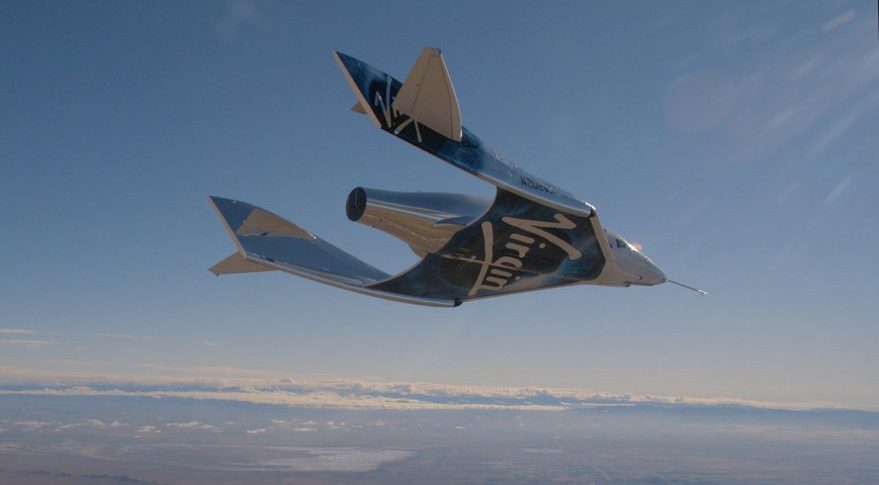Virgin Galactic Ends 2016 with Second SpaceShipTwo Glide Flight

SANTA FE, N.M. — Virgin Galactic's second SpaceShipTwo suborbital spaceplane performed its second free flight Dec. 22 as the company prepares to enter a critical year in the vehicle's long-delayed development.
The suborbital vehicle, named VSS Unity, took off from Mojave Air and Space Port in California around 4:20 p.m. Eastern attached to its WhiteKnightTwo carrier aircraft, according to updates provided by the company on Twitter. SpaceShipTwo was released from WhiteKnightTwo about 40 minutes later, gliding back to a runway landing in Mojave.
The company did not immediately release technical details about the flight, which was not announced in advance. The flight was the second glide flight for VSS Unity, after a Dec. 3 flight. That first free flight was delayed a month because of an unspecified technical issue found after the aircraft had taken off on a Nov. 3 test flight. [In Pictures: 1st Glide Flight of VSS Unity Spaceship]
This latest flight is the last the company plans to carry out in 2016. "Well done to the pilots and the whole crew. Great way to end the year!" tweeted George Whitesides, chief executive of Virgin Galactic, a few hours after the flight.
Virgin Galactic will enter 2017 likely needing to carry out a number of additional glide flights. In October, Virgin Galactic President Mike Moses said that there was not a set number of glide flights planned. Instead, the company planned to carry out glide tests until it completes all its test objectives. Moses estimated that those objectives could be achieved in about ten flights, but could require more, or be wrapped up in fewer, depending on the progress made during the test flight program.
If there are no major setbacks in the glide test program, Virgin Galactic will likely begin powered test flights later in 2017. "We'll start slow," Moses said in October of those test flights, beginning with short-duration engine burns to accelerate SpaceShipTwo to Mach 1 to study its performance in the transonic regime. "Once that's under our belts, we'll punch through to full duration, expand the envelope, and look at all the off-nominal conditions that can occur."
The company has not disclosed schedules for the test flight program, or when SpaceShipTwo could begin commercial flights. Development of the suborbital spaceplane, capable of carrying six spaceflight participants or equivalent cargo for tourism and research missions, has been beset by years of delays, including a 2014 fatal test flight accident that destroyed the first SpaceShipTwo and killed the vehicle's co-pilot.
Get the Space.com Newsletter
Breaking space news, the latest updates on rocket launches, skywatching events and more!
Despite the delays, the company says it still has about 700 customers who have signed up and paid either the full ticket price or a deposit for a flight on SpaceShipTwo, offering views of the Earth from altitudes of up to 100 kilometers as well as several minutes of microgravity.
This story was provided by SpaceNews, dedicated to covering all aspects of the space industry.
Join our Space Forums to keep talking space on the latest missions, night sky and more! And if you have a news tip, correction or comment, let us know at: community@space.com.

Jeff Foust is a Senior Staff Writer at SpaceNews, a space industry news magazine and website, where he writes about space policy, commercial spaceflight and other aerospace industry topics. Jeff has a Ph.D. in planetary sciences from the Massachusetts Institute of Technology and earned a bachelor's degree in geophysics and planetary science from the California Institute of Technology. You can see Jeff's latest projects by following him on Twitter.










